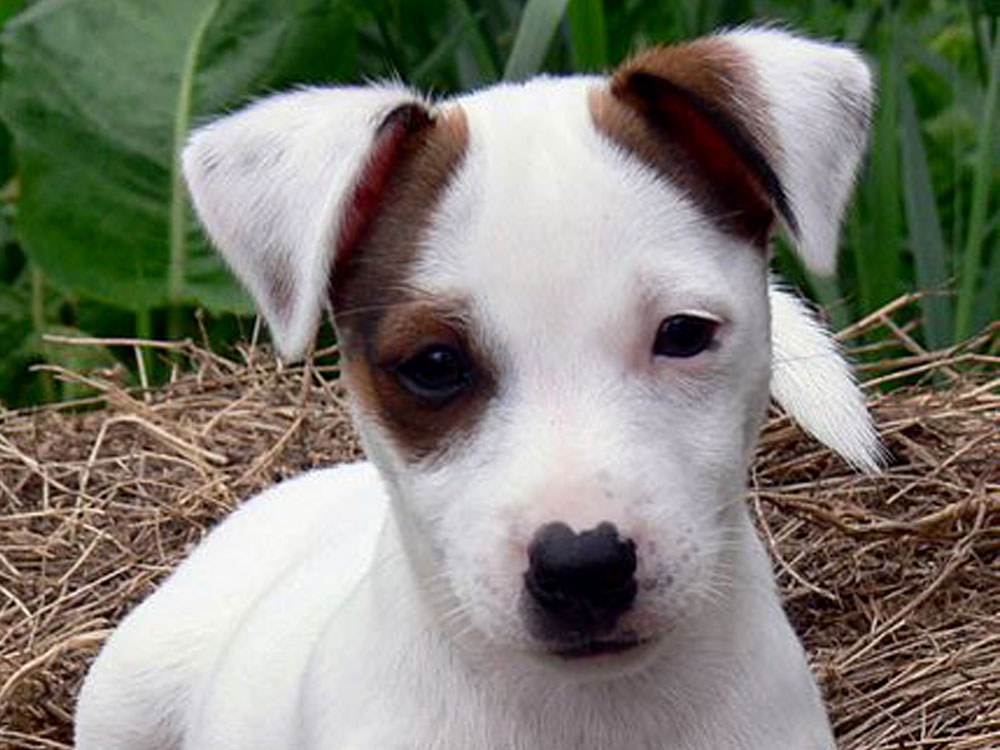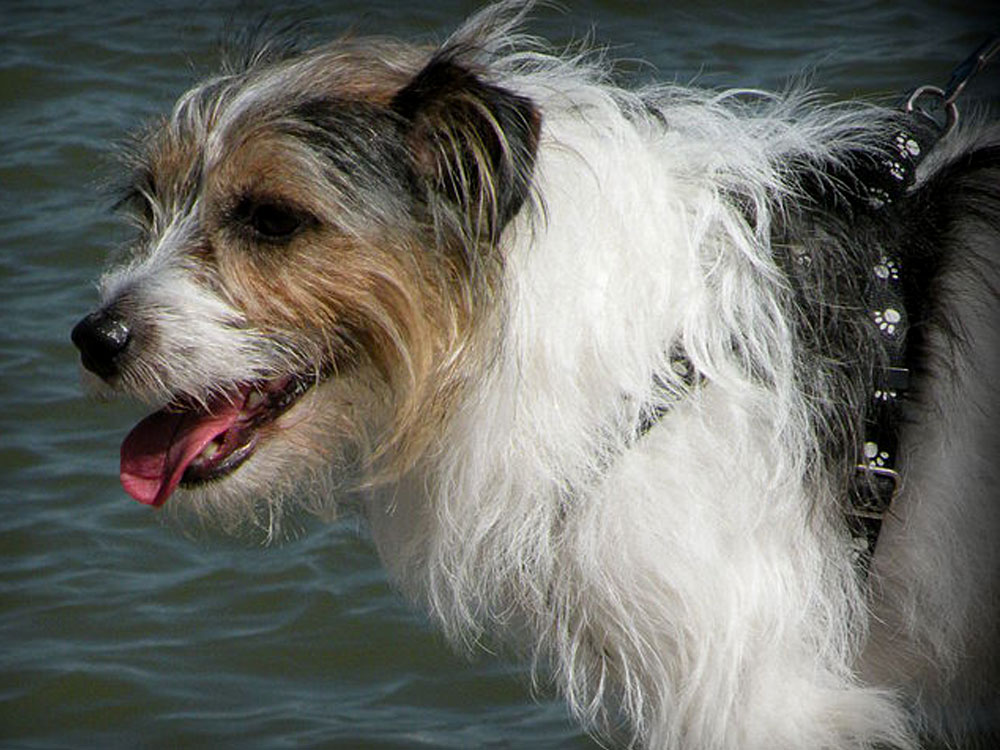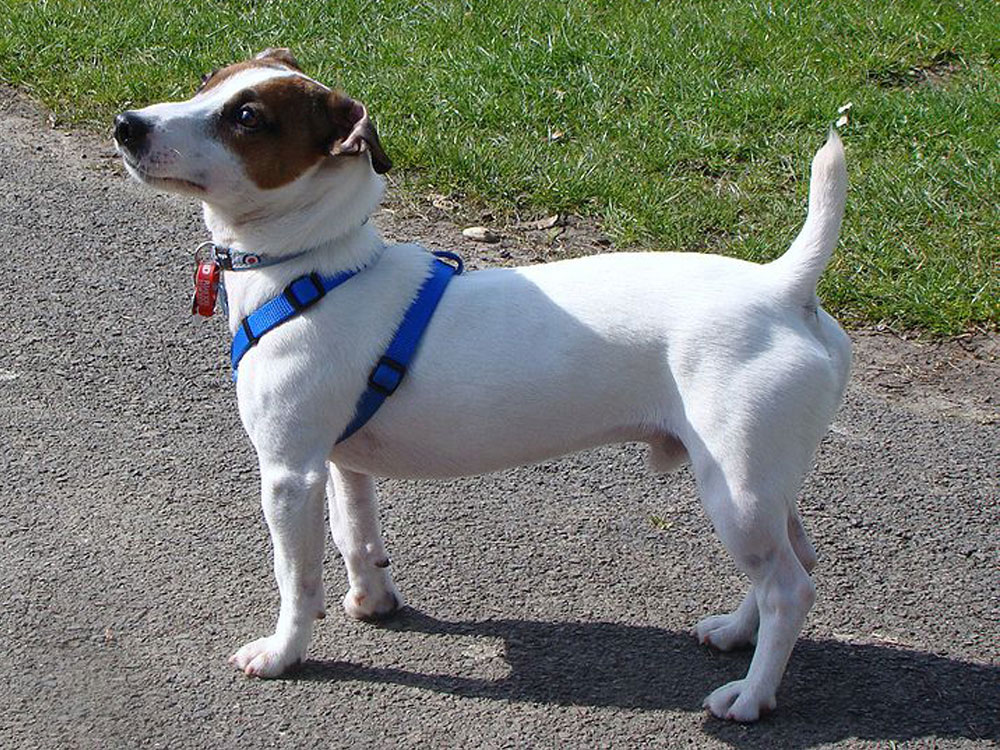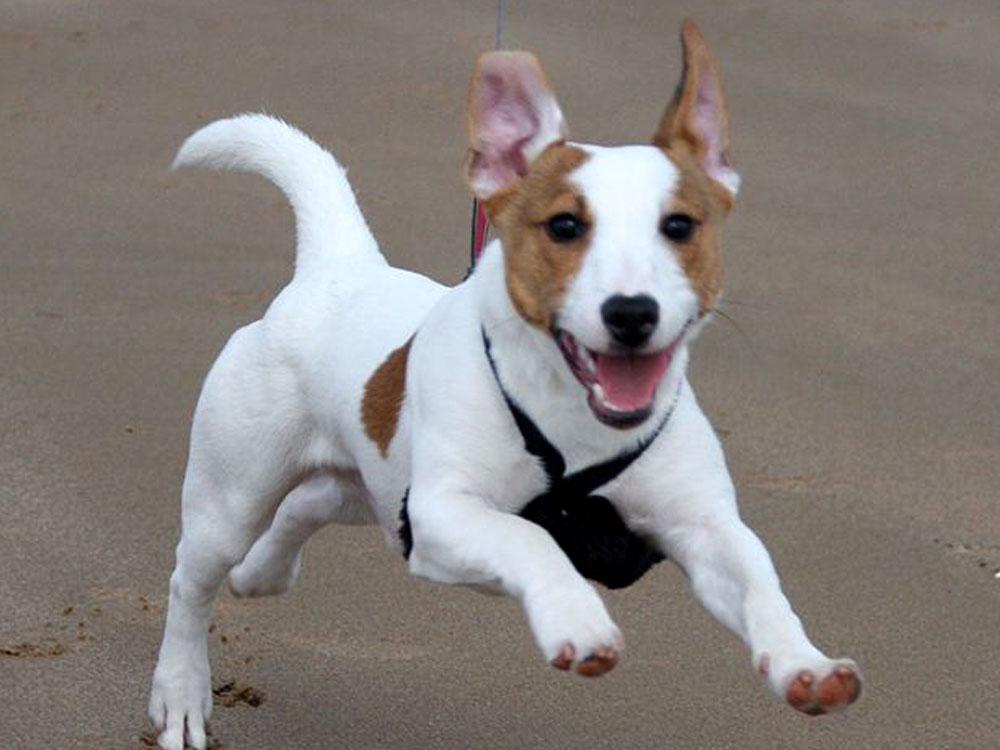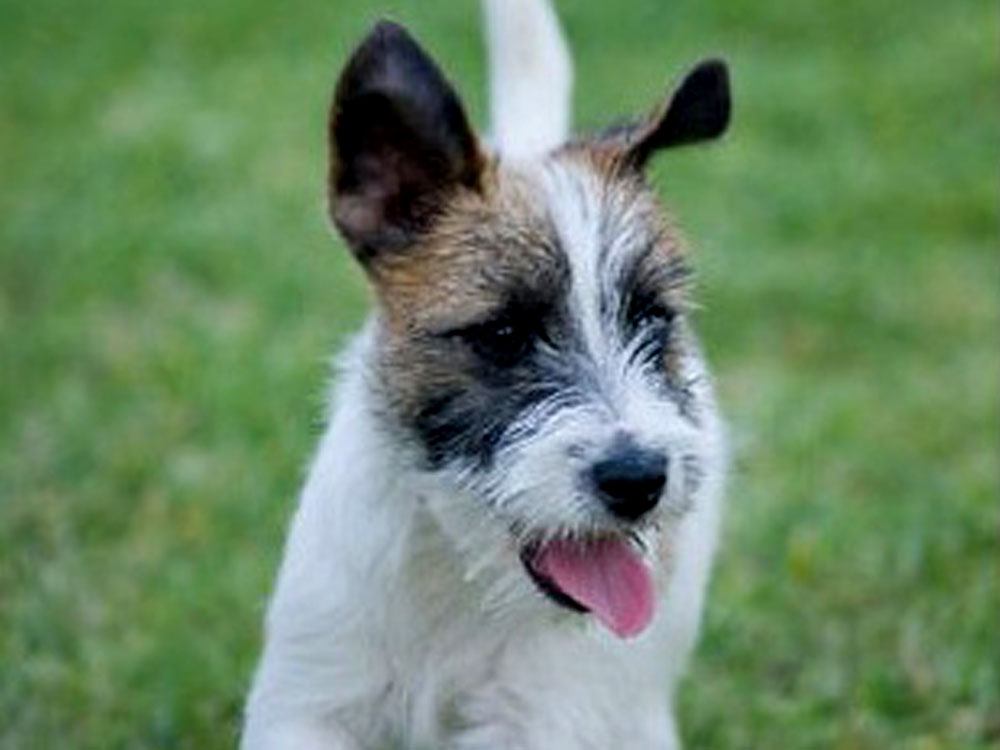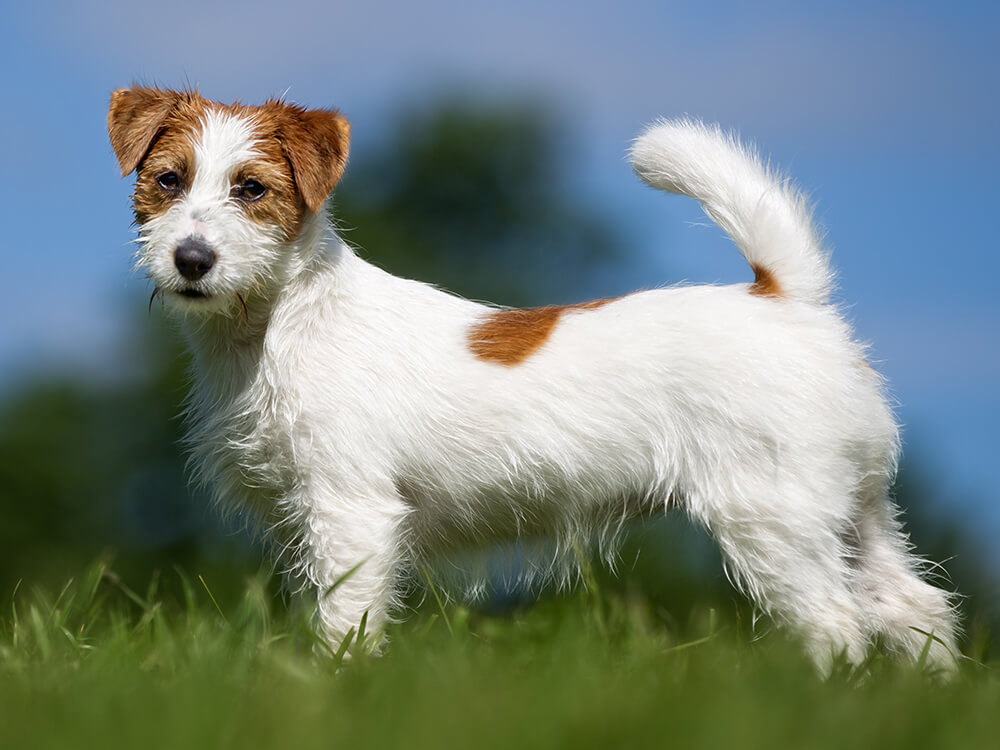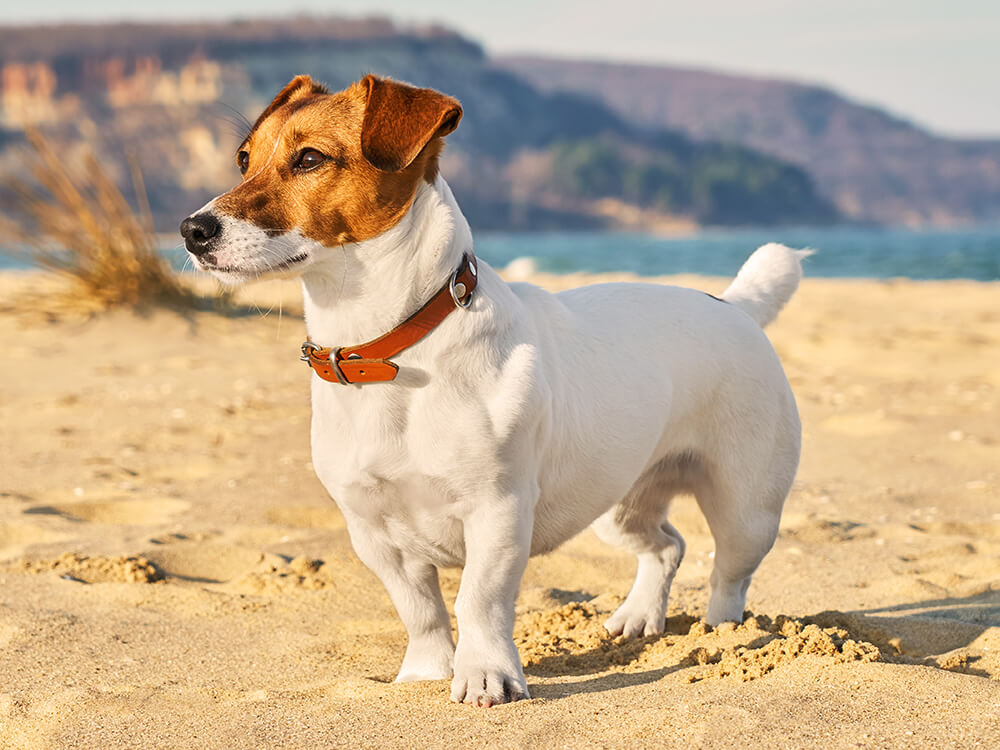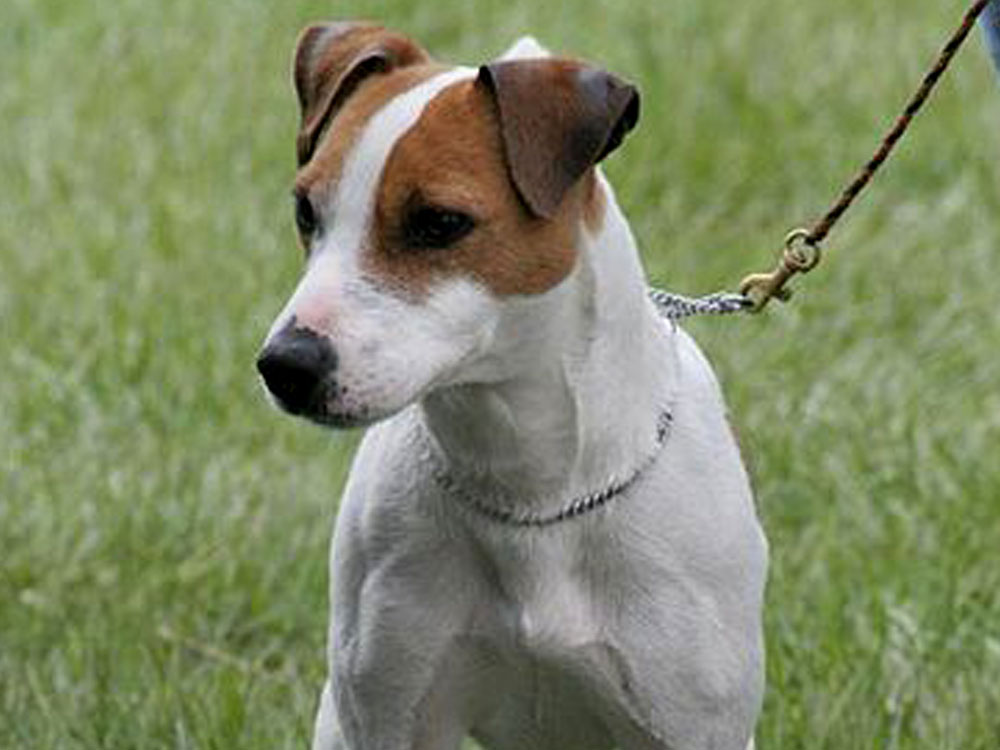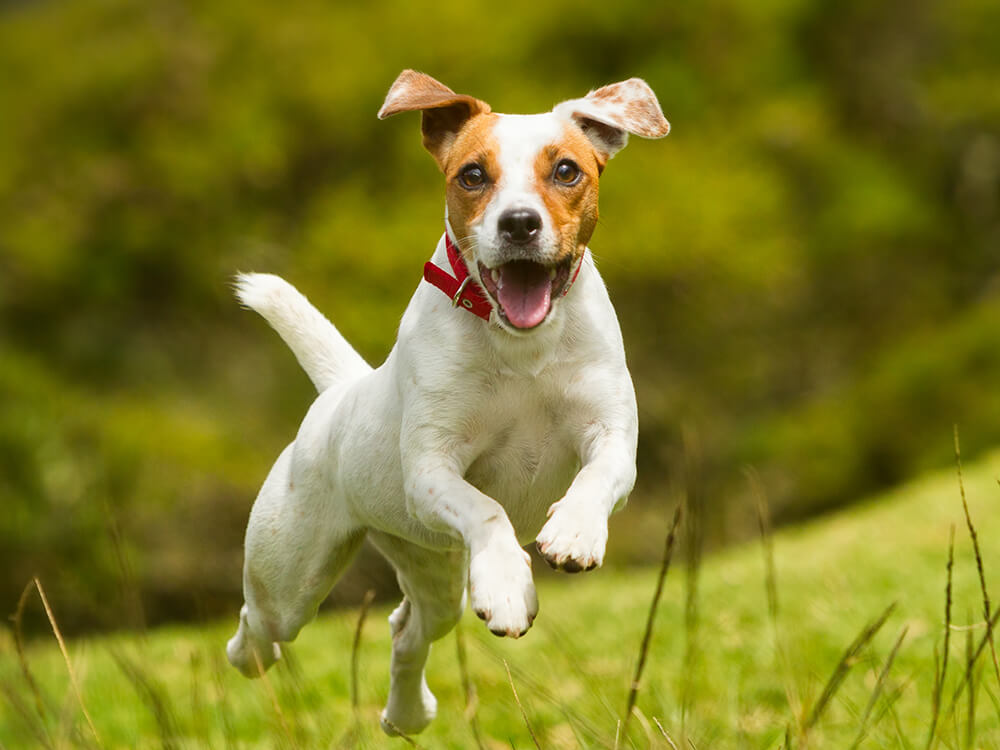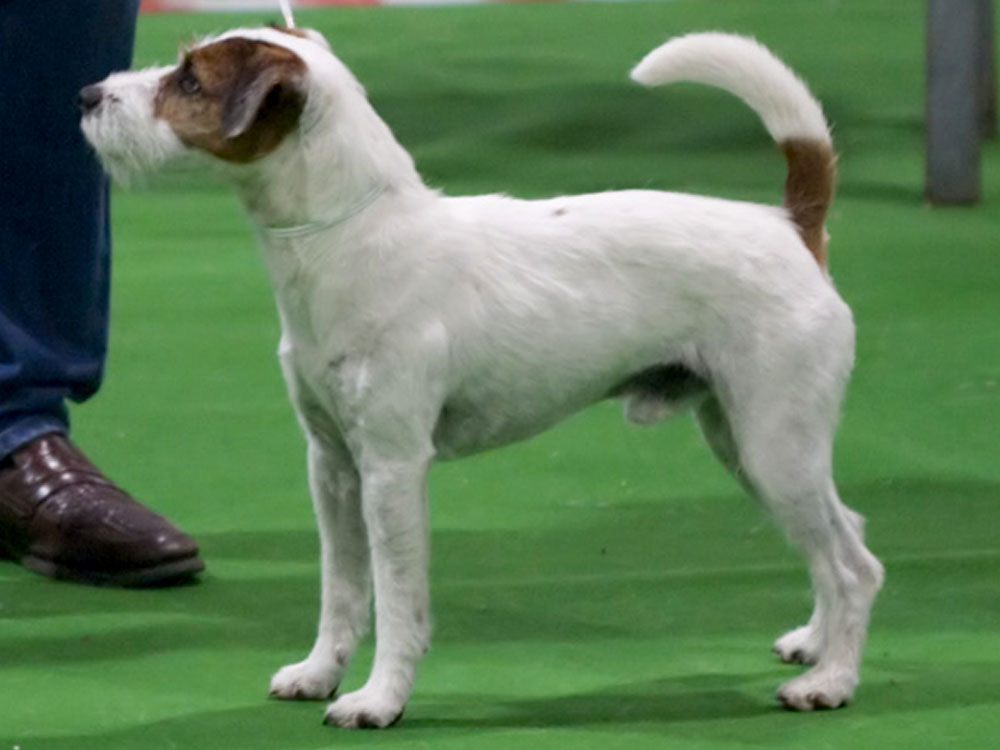
Jack Russell Breed Pictures
Vital Breed Stats
| Height: | 25 - 31 cm M | 25 - 31 cm F |
| Weight: | 6 - 8 kg M | 6 - 8 kg F |
| Breed Group: | Working Dog Group |
| Life Expectancy: | 15 - 18 years |
| KC Registered: | No |
Breed Characteristics
| Size: |  |
| Grooming: |  |
| Exercise Level: |  |
| Barking Level: |  |
| Good with Children: |  |
| Good with other pets: |  |
| Affectionate: |  |
| Protective: |  |
| Cost to Keep: |  |
Give a thumbs up if you love the Jack Russell

1
More About the Breed
History
The Jack Russell Terrier was developed in England by Reverend John “Jack” Russell in the 1800s. It is believed that it originated from Fox Terriers and the now extinct English White Terrier. Russell aimed to develop dogs with a tempered aggressiveness, which allowed them to bolt the foxes without hurting them.
There is a lot of confusion regarding the breed as it is sometimes called the Parson Russell Terrier or the Russell Terrier. All predominantly white earth working terriers used to be named Jack Russell Terriers because they shared the same ancestry.
In the USA, various breed associations recognised the Jack Russell in the 1930s. However, they had varying opinions with regard to appearance and working ability or if they should join conformation shows. The American Kennel Club recognised it as the Parson Russell Terrier in 2000. The Kennel Club recognised it as the Parson Jack Russell Terrier in 1990. The KC eventually recognised it as the Jack Russell Terrier in 2016.
Appearance
The Jack Russell Terrier is an active, agile and high-endurance dog. It weighs 13 to 17 pounds and stands 25 to 38 centimetres at the withers. It has a wedge-shaped head, a flat skull, a defined stop at the muzzle, and v-shaped ears.
Jack Russells come in various coat types and markings. It is commonly white or predominantly white with black, tan or lemon markings, or a combination of these colours. Its weather-resistant coat is either smooth, rough or a combination of both (broken coat). All coat types, which are easy to maintain, are dense, harsh, flat, straight, and close-lying.
Grooming
Temperament
This breed is friendly, affectionate and personable. However, it is better for families with mature and active children who know how to handle dogs. Its rowdy nature can be too much for very young kids. On the other hand, because of its high prey drive, it tends to be aggressive towards other dogs. Trainings should focus on basic canine manners, agility drills and socialisation. Routine and structure, along with positive reinforcements will make training sessions easier.
When not given attention or its activity needs are not met, it busies itself by barking, chewing, and escaping. You should never leave this dog for long periods of time since it is a high jumper, climber and digger.
Intelligence
As a working Terrier, the Jack Russell is known for its intelligence, quickness and grit. Don’t be fooled by the well-trained Jack Russells you often see on TV or films. This energetic breed can be a handful, which is why it is not recommended for busy or first-time owners. It is a loving and loyal companion but it is definitely not a laidback dog. It is important to establish the alpha role in the household because it can be stubborn. It has a lot of tricks up its sleeve that can be overwhelming for most people. Time, patience, consistency, and dedication are needed to handle this strong-willed pooch.
Breeds have predisposed characteristics when it comes to temperament and intelligence. However, dogs grow up unique because of environmental factors.
Nutrition
- Senior and less active: up to 450 calories daily
- Typical adults: up to 650 calories daily
- Physically active/working dogs: up to 900 calories daily
Feeding
Health
Exercise
Cost of Ownership
Costs of dog ownership vary from one breed to another and tend to go higher for larger and heavier dogs. Price will be around £350 to £450 or higher. Also, high quality food for your Jack Russell Terrier will be around £20 to £30 a month. Also factor in the treats and vitamins you will be giving your pet. You need to purchase basic equipment like bed, bowl, collar, and toys, which will roughly cost an additional £200.
Pet insurance is an essential investment because like humans, dogs get sick and encounter accidents. It is best to spend roughly £40 monthly for a basic insurance coverage than unexpectedly pay thousands of dollars for veterinary treatments. Regular vet visits will also be a major expense as puppies need to be vaccinated against diseases such as parvovirus, canine distemper and leptospirosis. Prices vary but could be around £30 to £60 for initial injections, and up to £40 for yearly booster shots. You also need to pay for deworming and flea treatments that roughly cost another £40 a year.
You will be needing around £850 to £900 a year to raise a Jack Russell Terrier. This can go higher if your dog requires major veterinary procedures not covered by your insurance provider.
Is a Jack Russell Right for You?
- The Jack Russell Terrier is best for people with active lifestyles and not for first-time dog owners.
- The breed has low-maintenance grooming needs.
- It is friendly, affectionate and personable but can be too energetic for the average person.
- When ignored or not exercised enough, it can be destructive or try to escape.
- It is generally healthy but as a small breed, it can be prone to dental problems.






